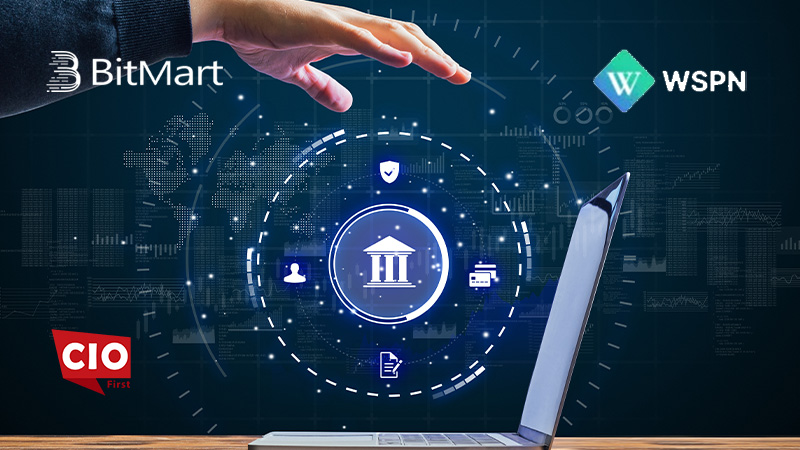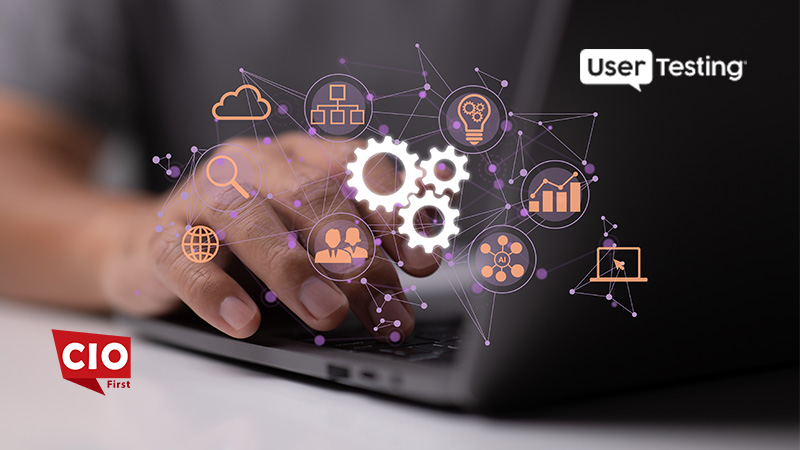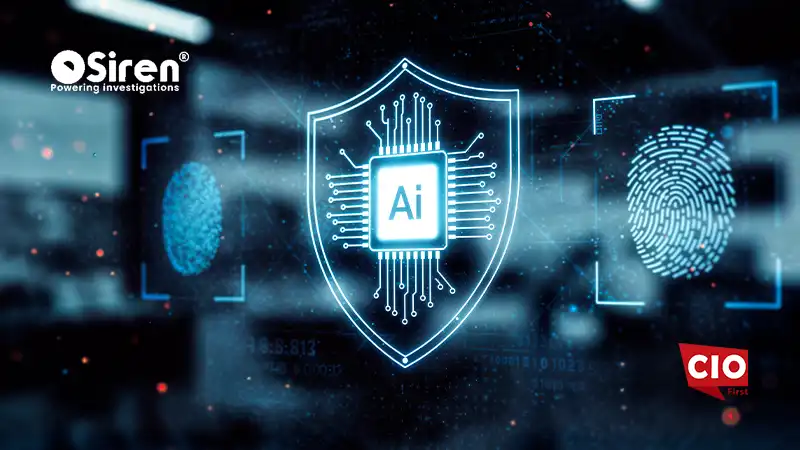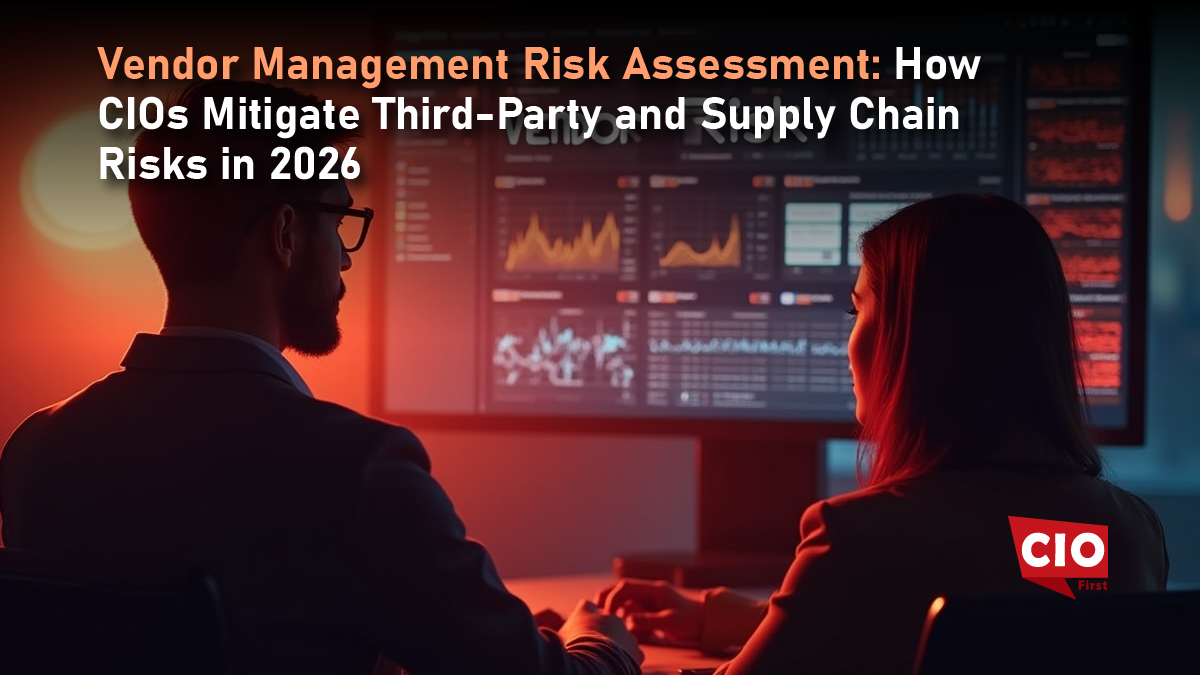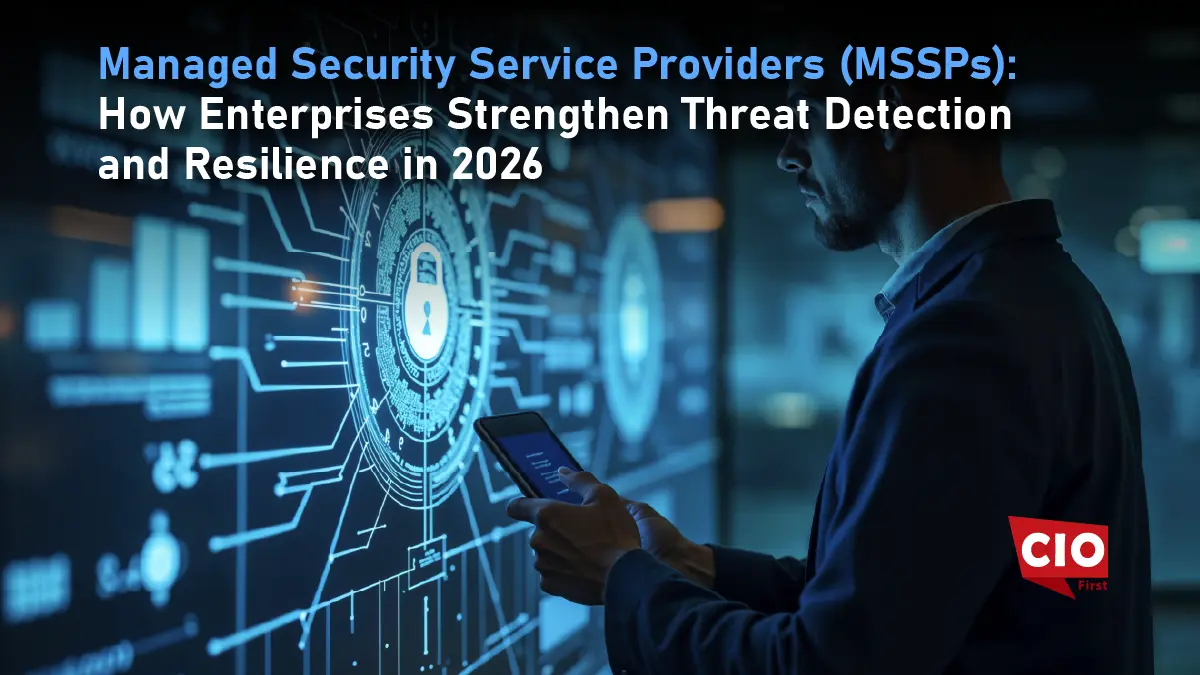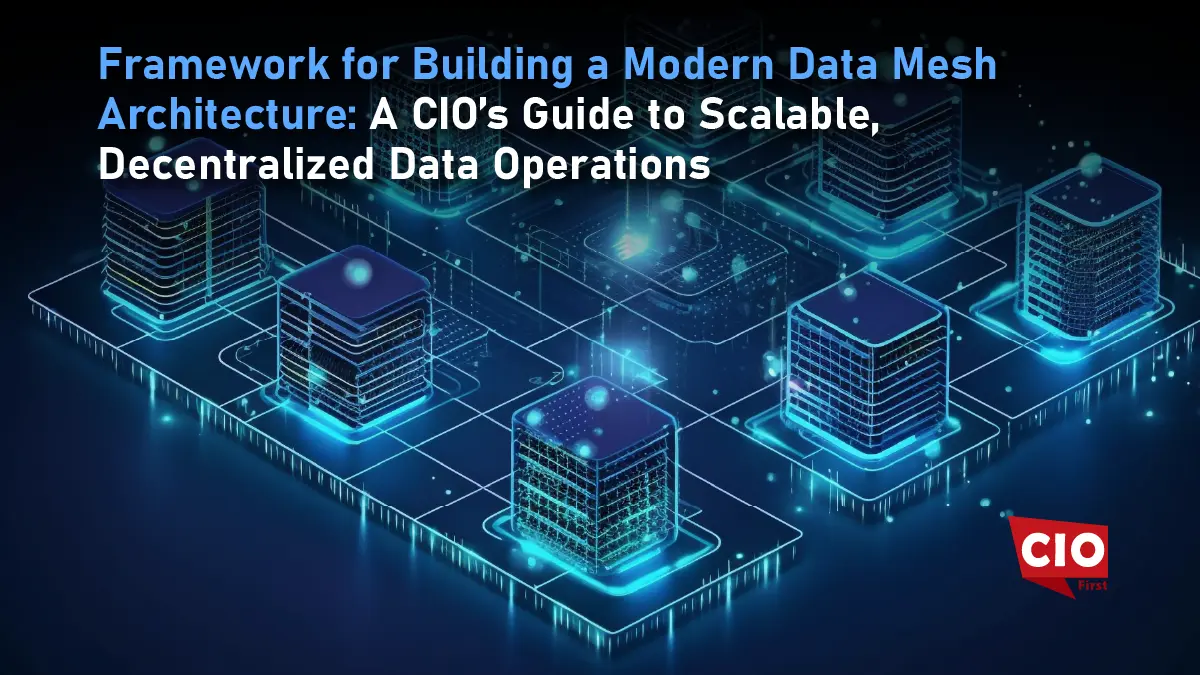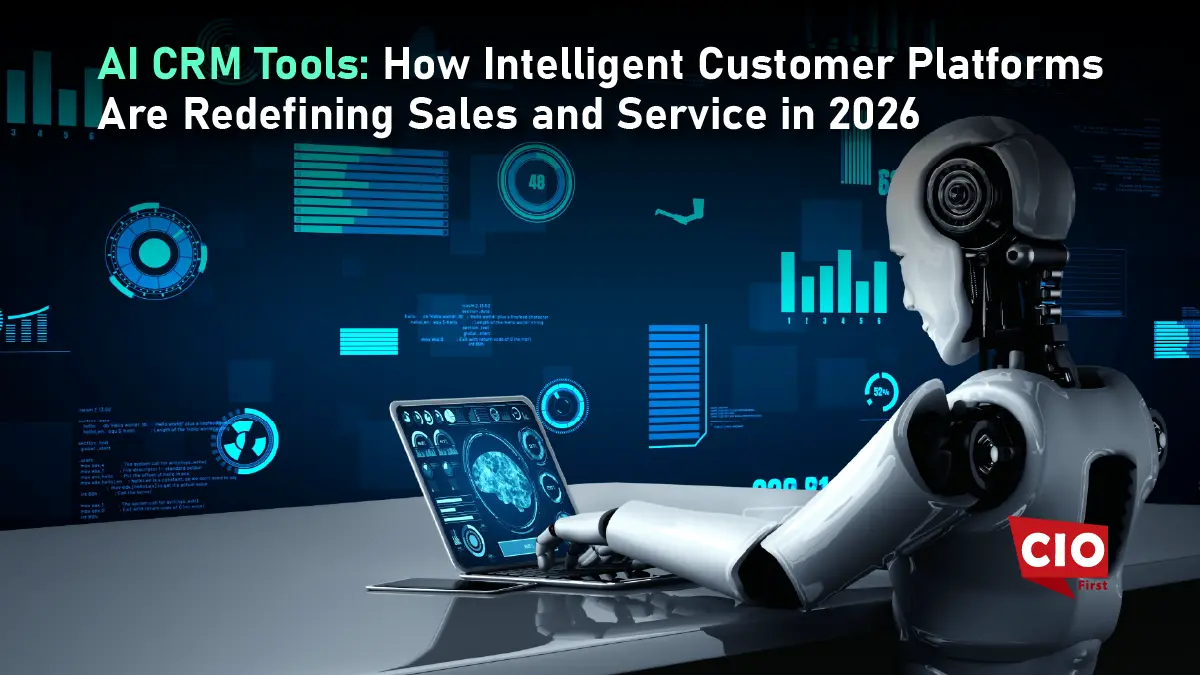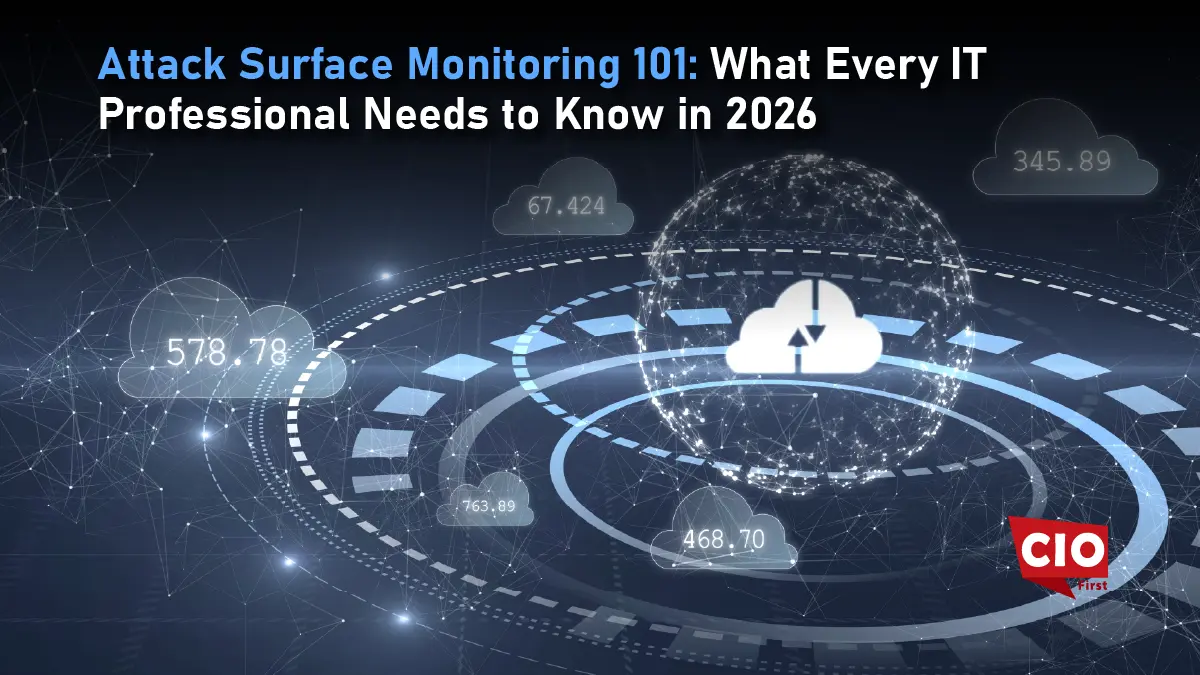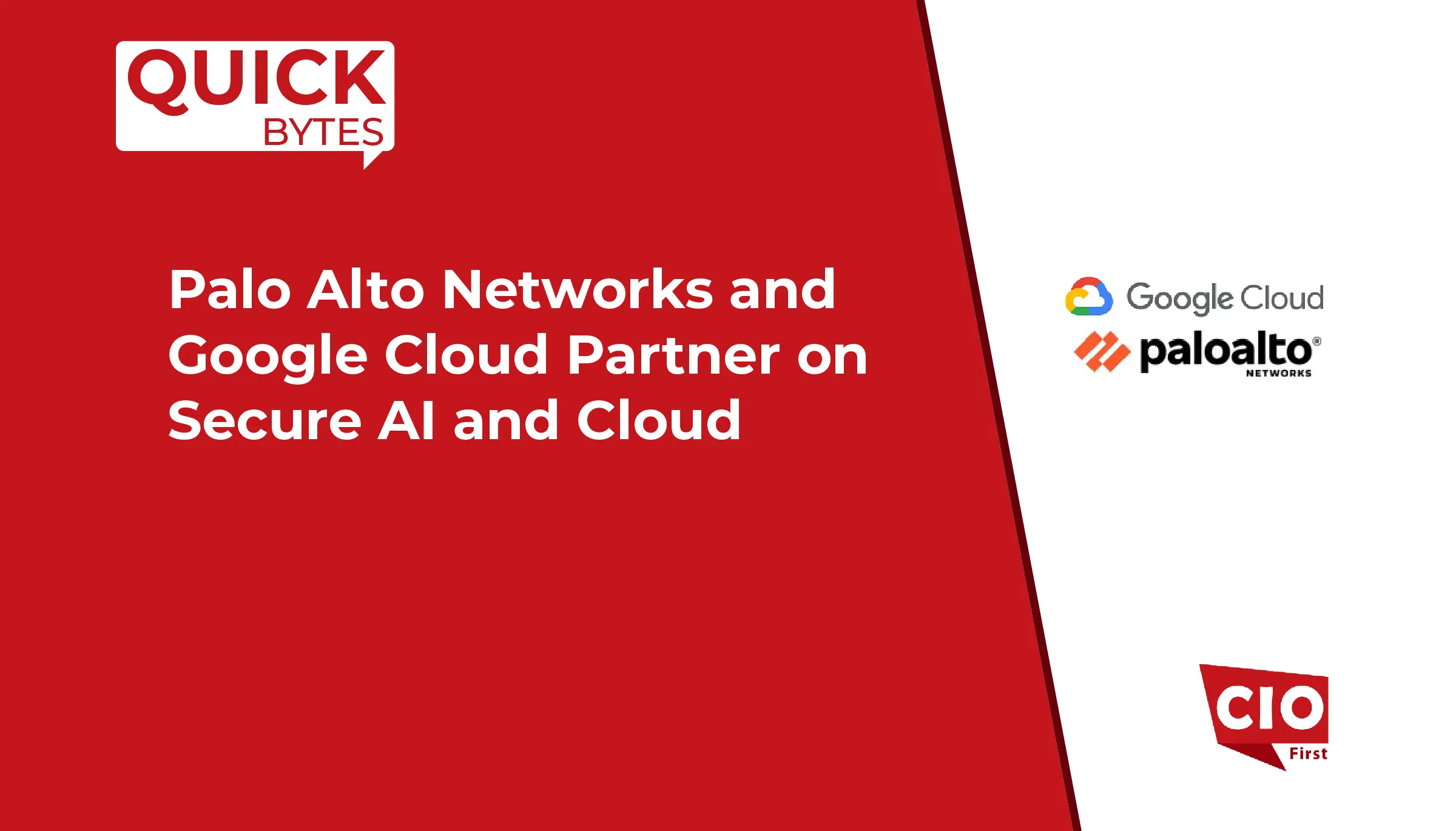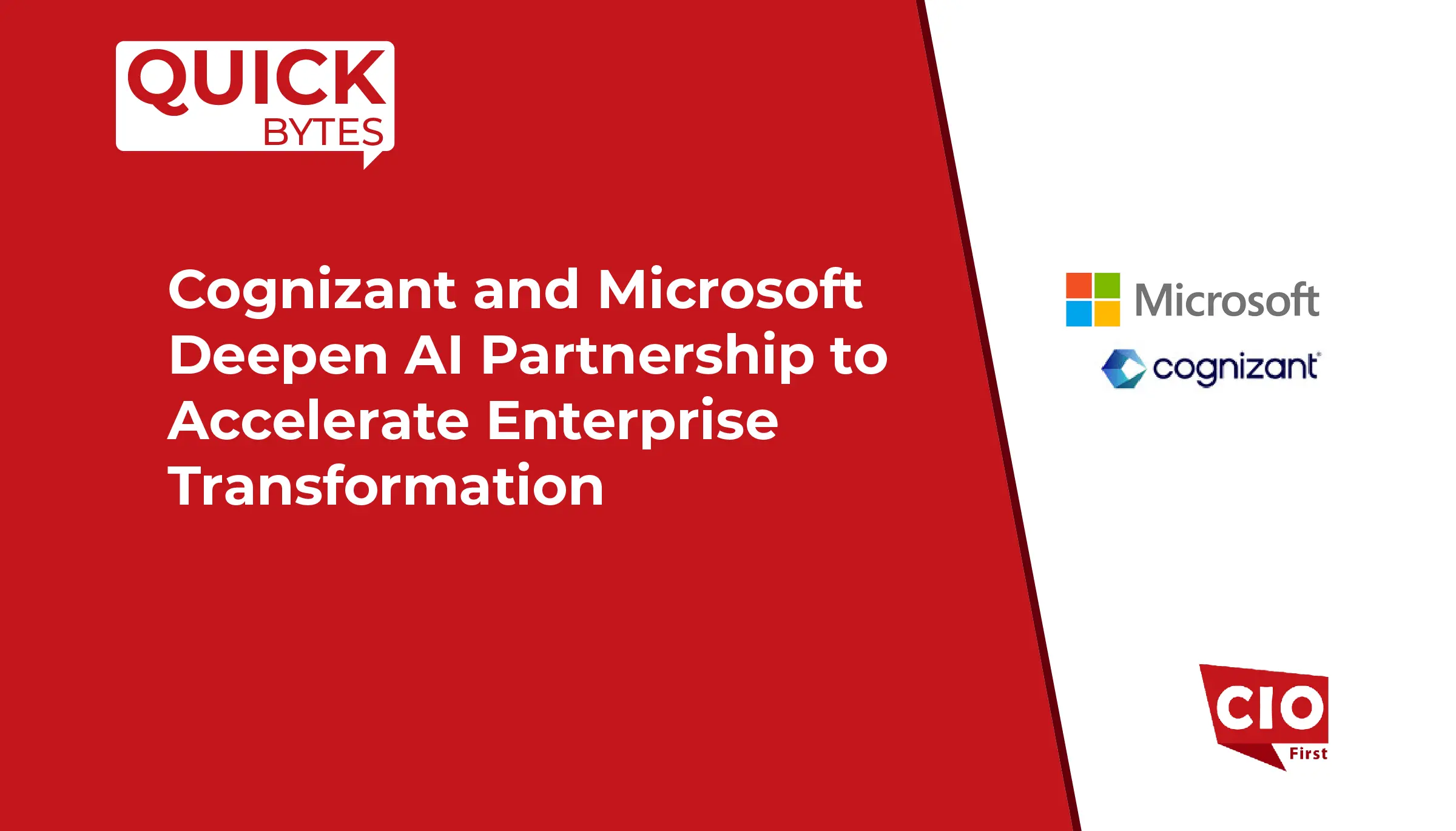The Internet of Things is no longer a concept on the horizon. It is already embedded in factories, transportation grids, hospitals, retail spaces, and homes. Devices communicate, automate, and respond with minimal human input. This expansion brings efficiency and scale. It also redefines risk. Traditional cybersecurity models, built for desktop systems and static networks, are not designed for a world of sensors, wearables, and autonomous systems.
Cyber risk management is entering a new phase. One shaped not by individual system vulnerabilities, but by the complex interactions between devices, platforms, and the environments they operate in. Managing that risk requires a new mindset, one that is adaptive, distributed, and aware of how IoT changes the shape of exposure.
The Edge Is Now the Entry Point
The traditional perimeter is gone. Firewalls and gateway protections cannot defend what they cannot see. IoT devices operate at the edge, often with limited visibility and minimal direct oversight. They collect data, make decisions, and communicate across networks that may include third parties, cloud platforms, and legacy systems.
This shift has made the edge not only operationally important but also strategically vulnerable. Risk no longer begins at the data center. It begins at the endpoint. A sensor in a warehouse or a monitor in a clinic can be the first domino. If compromised, it may lead to unauthorized access, disrupted operations, or system-wide failures.
To manage this, organizations must rethink how and where they apply security controls. Risk management moves closer to the point of interaction. It becomes real-time, not periodic. Response plans must account for the fact that attack surfaces now grow with every new device deployment.
More Devices, More Complexity
IoT is not one technology. It is many devices, protocols, and ecosystems stitched together. Each layer adds complexity. Devices use different standards. Firmware is updated on inconsistent schedules. Some systems operate for years without a patch or a reset.
This creates blind spots. Devices that are not integrated into central monitoring systems can fall outside of normal scanning processes. As complexity grows, visibility drops. That is where risk accelerates. It is not just that something can be breached. It is that the breach may go unnoticed until it causes functional or financial damage.
Cyber risk management has to account for this fragmentation. Inventory systems must be updated continuously. Network behavior needs to be profiled and understood over time. When patterns shift, alerts need to move quickly. Risk frameworks must expand to track devices not as fixed assets, but as active participants in the threat landscape.
Autonomous Systems Are Changing the Risk Curve

IoT is increasingly intelligent. Devices no longer just send data. They analyze it, act on it, and in some cases, interact with other systems independently. This shift toward autonomy changes how risk is measured and mitigated.
A traditional control system responds only to inputs it receives. An autonomous device may anticipate actions, reroute operations, or issue commands across a network. That creates a different kind of risk profile. A compromised autonomous node can have cascading effects. It can influence other systems and accelerate the impact of an attack.
Managing this requires a risk strategy that accounts for behavior, not just configuration. It is not enough to know what the device does. You must also know how it is expected to act. Anomalies in behavior become early indicators of compromise. This pushes risk detection into the realm of behavioral analytics and continuous profiling.
Legacy Systems Still Hold Critical Gaps
As IoT becomes more advanced, many organizations still depend on systems built before this environment existed. Legacy software, hardware, and protocols are still in use across sectors. They often lack the ability to support secure communication, modern encryption, or real-time monitoring.
Integrating IoT with these systems creates points of friction. New devices may inherit old vulnerabilities. Protocol translation layers may expose unencrypted data. Even well-designed IoT solutions become risky when paired with outdated infrastructure.
This puts pressure on cybersecurity teams. Risk management is no longer about protecting isolated systems. It is about protecting integrations. The weakest link is often the one no one thought to secure. Organizations must audit not only their IoT stack but also the systems IoT connects to. That includes industrial equipment, administrative platforms, and third-party services.
Also Read: The Architecture of Agility: How Composable Infrastructure is Reshaping IT Strategy
Zero Trust Is Gaining Traction
As attack surfaces increase, the idea of trusting devices by default becomes harder to justify. Zero Trust architectures are becoming more relevant in IoT environments. These frameworks assume no device, user, or application is trustworthy without verification. Every connection is evaluated. Every access attempt is scrutinized.
In traditional IT settings, Zero Trust is already becoming standard. In IoT deployments, however, applying it requires adaptation. Devices may not support traditional identity mechanisms. Some may not even run full operating systems. Yet the principle remains valuable. Risk is reduced when access is conditional, limited, and continuously verified.
Implementing Zero Trust in IoT environments means using micro-segmentation, policy-based access, and real-time context to make decisions. Devices are grouped based on function and risk profile. Communication paths are restricted. Identity is assigned and managed based on behavior, not just static credentials.
The goal is not to slow down operations. It is to limit exposure. If one device is compromised, its ability to impact others is minimized. This approach helps contain risk before it spreads, especially in environments with mixed technology maturity.
How are companies bringing Zero Trust to IoT?
In November 2024, Zscaler introduced its Zero Trust Segmentation solution, designed to protect environments with a high prevalence of IoT and operational technology systems. This solution enables rapid segmentation of devices within hours, eliminating the need for traditional firewalls and reducing the risk of ransomware attacks spreading across networks.
Additionally, in March 2024, NetFoundry launched Zrok, a managed and hosted Zero Trust connectivity solution. Zrok provides secure, private, and public sharing with Zero Trust reverse proxy capabilities for applications, allowing organizations to implement Zero Trust principles without relying on traditional network architectures. These developments demonstrate the practical implementation of Zero Trust principles in IoT ecosystems, emphasizing continuous verification and segmentation to enhance security.
Predictive Risk Is Becoming the New Standard
IoT ecosystems are dynamic. Devices are added, removed, and relocated constantly. Traditional risk models that rely on static assessments are no longer enough. What is secure today might become exposed tomorrow due to a configuration change or a new connection path.
This is why predictive risk analysis is gaining traction. Instead of asking whether a system is currently vulnerable, the question becomes whether it is trending toward a risky state. This approach requires real-time telemetry, historical context, and behavioral baselines.
Patterns matter. A sudden increase in traffic, an unusual pairing of devices, or unexpected data transfers are not just anomalies. They are indicators of conditions that may lead to a breach. The goal of predictive risk is not just to react but to anticipate. When systems forecast risk, security teams gain time. That time can be the difference between mitigation and escalation.
Building a predictive risk model for IoT means investing in visibility, analytics, and automation. It means treating risk as a process, not an event. And it means learning from near-misses, not just confirmed breaches.
So what does this shift look like in practice?
Recent product launches show how predictive risk is moving from concept to implementation. For instance, Microsoft’s release of Azure IoT Operations in late 2024 enables predictive insights across edge and cloud environments by combining real-time telemetry with historical baselines. Similarly, at CES 2025, Synaptics unveiled its Astra IoT platform, designed to run AI workloads directly at the edge. These platforms help organizations detect anomalies, forecast risk states, and respond before incidents escalate. The message is clear: predictive security isn’t just a goal; it’s becoming a product feature.
Operational Resilience Is Now a Cyber Priority
As IoT becomes more integrated into core business functions, cyber risk management and operational resilience are beginning to merge. An outage caused by a compromised device does not stay within the security team’s domain. It affects supply chains, customer experiences, and revenue cycles.
This has raised the stakes. Resilience is now a cross-functional responsibility. Security teams work with operations, engineering, and compliance to identify what must stay online, even during an attack. This requires not just protection but also continuity planning.
Resilience starts with knowing which systems matter most. It continues with isolating critical processes, building redundancy, and ensuring that devices can fail safely. It also involves regular testing. If recovery processes are not exercised in real-world conditions, they may not hold up during a real incident.
In an IoT context, resilience is not about full system recovery. It is about function preservation. If part of the network fails, essential operations must continue. That shift changes how risk is prioritized and how resources are allocated.
Device Lifecycle Management Is Becoming Central
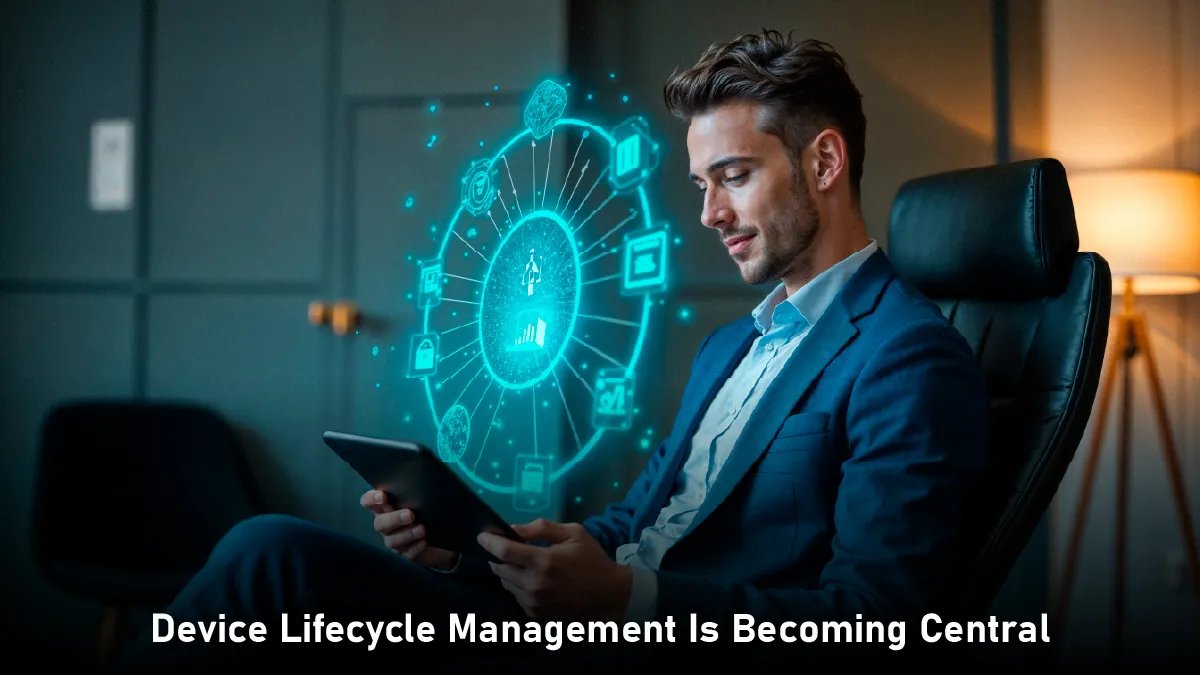
Risk does not end at deployment. It evolves throughout a device’s lifecycle. From procurement to decommissioning, each phase introduces new vulnerabilities. Devices may leave the factory with outdated firmware. They may operate for years without updates. They may be decommissioned but not removed from the network.
This lifecycle perspective changes how organizations think about device security. Procurement decisions now include questions about update mechanisms, support timelines, and supply chain validation. During active use, devices are monitored for signs of degradation or exposure. At the end of life, secure deactivation becomes part of the risk plan.
Managing device lifecycles at scale requires a structured approach. Devices must be cataloged, tagged, and tracked. Ownership must be assigned. Updates must be scheduled. And decommissioning must be verified. These are not small tasks, but they are essential for sustained risk reduction. Ignoring lifecycle risk creates long-term exposure. Devices that are forgotten or unmanaged often become footholds for attackers. Lifecycle management closes those gaps before they can be exploited.
Collaboration Is the New Control
The complexity of IoT ecosystems means that no team can manage cyber risk alone. Security now depends on collaboration across internal departments, external partners, and device vendors. This is not just a best practice. It is a structural requirement.
Security policies must align with operational needs. Device vendors must provide visibility into software components and update schedules. Network teams must coordinate with application owners. When communication breaks down, security gaps appear.
Collaboration does not mean sharing everything. It means establishing protocols for shared risk visibility, defined roles in response scenarios, and clear escalation paths. It means treating cybersecurity as a function of the entire ecosystem, not just the IT department. The goal is not just more input. It is better coordination. When all stakeholders understand how IoT influences risk, they can respond faster and with greater precision.
A Continuous Risk Strategy
IoT is not slowing down. More devices will come online. More interactions will take place outside the core network. More data will move in real time between people, systems, and machines. This makes cyber risk management an ongoing process. It is no longer about annual assessments or static frameworks. It is about continuous evaluation, rapid adaptation, and strategic foresight.
Organizations that thrive in this environment will not be those with the biggest budgets or most tools. They will be the ones that align risk management with how the world actually works. That means understanding device behavior, anticipating threats, and designing systems to fail safely. The future of IoT is rich with opportunity. But that opportunity depends on trust. Managing cyber risk in this space is what makes innovation sustainable, adoption scalable, and systems dependable.

